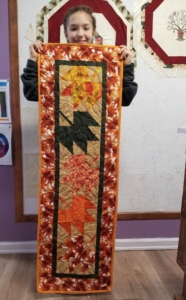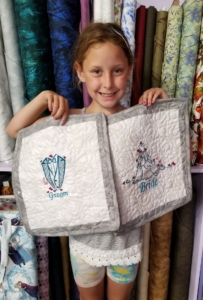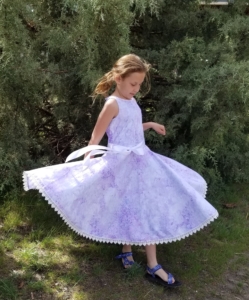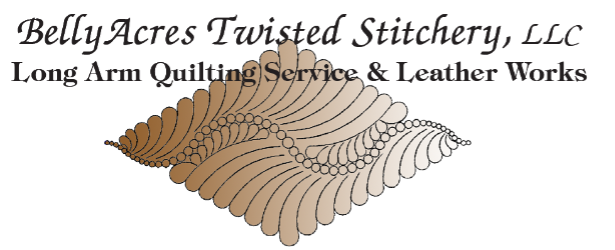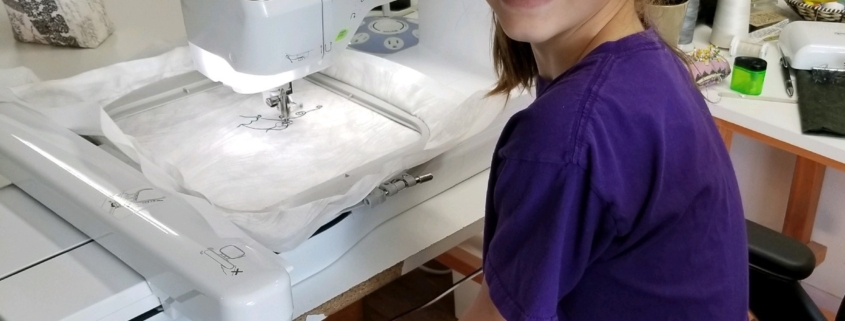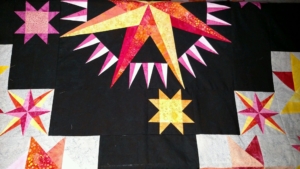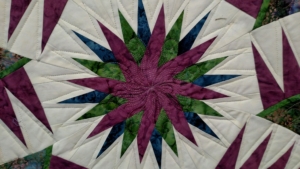Cuttin’ It Up – Teaching Children
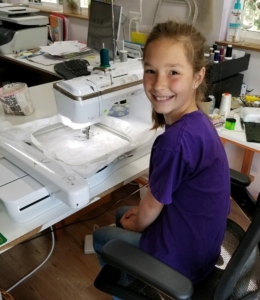
Why learn to sew and quilt? Why teach your children?
Learning how to sew is a valuable skill and there are plenty of reasons why you and every child should learn how to sew. Let me enlighten you.
- Sewing helps in developing Hand-Eye Coordination: From cutting to threading a needle and operating a sewing machine these simple exercises aid dramatically in this development.
- Mathematical and Geometry skills: Math and measuring is an integral part of sewing, especially quilting. Practical application of math and geometry is in all parts of sewing and quilting. This is such a solid way to teach these skills and a child particularly will love to use and show these skills they learn.
- Planning and Preparation Skills: Sewing and quilting require advanced planning and preparation, kids will use their problem-solving skills to prepare their sewing and quilting projects. They have to plan their pattern, figure out how much and what materials they will need to complete their project. This is something I focus on with my second year students and is a skill that will take them through all aspects of their lives and careers, even the corporate world.
- Creativity and Accomplishment: When a child completes a sewing or quilting project, they will have a physical reminder of their accomplishment. They can show their work by using it in a very practical way either for themselves, to help others as a donation or as a gift.
- Mending their clothes: When a child learns to replace a button, mend their clothes, patch a hole or fix a hem they have a skill set that will follow them into adulthood and provide a solid independence and confidence that too many people today seem to lack.
- Sewing provide defined stages in their life: From sewing doll clothes to their own clothes, as a child, allows them to express their individuality. Each sewing machine marks a mile stone in our lives and helps us to strengthen our coping mechanism in today’s crazy world. Imagine what this does for a child?
- Sewing can save you money: Oh yes it can! Have you ever gone into a store and looked at a garment that was just too expensive for what you are looking at? Well enter sewing – go home and make it! Only you get to choose exactly the color and cloth you like and make it really fit just you.
Before you verbally eviscerate me for such a strong opinion, let me explain. Sewing has so many layers. Sewing by hand, home decor sewing, sewing for children/grandchildren, fashion/garment sewing, quilting (ohhh – especially quilting!), crafts, and a lot of other sewing areas I can’t even begin to recount. Saying that, sewing is a useful skill that is worth learning.
When it comes to sewing tasks like winding a bobbin or threading a machine it can bring a person to a screeching halt, just too much for them to master. The thought of inserting a zipper or a buttonhole can cause overwhelming trouble with breathing! Enter teaching, especially as a child, learning through a teacher can be invaluable. This takes much of the stress away since you are relying on someone else’s experience, past mistakes and patience to guild you through this new world. Part of why I feel so strongly in teaching children is due to their ability to not limit themselves. I don’t hear ‘I can’t do that’ with young students, they haven’t yet learned that they ‘can’t do something’ and plow right through a project. Sewing does something else most don’t consider; it can reduce your environmental impact; no sweatshops, no cheap – fall apart cloths that you replace every few month and fill up our landfills with so many synthetic materials which take around a thousand year to fully decompose. Even producing cotton takes a tremendous amount of water, water that many 2nd and 3rd world countries do not have in abundance. One bolt of material can produce up to 25 garment, depending on what is being made. By sewing your own clothes, you’re reducing your impact on the environment and creating something that will last for years – I could go on but you get the picture.
Sewing also connects us to history, to our parents, our grandparents. It is a bit of nostalgia, love and memories. Those who sew have a wonderful tale about who and how they were taught, most involve a loved one. A button box, an embroidery hoop, a thimble – these are some of my most treasured possessions – this gives me a connection to the past and slows down my mind allowing me to escape from the busy-ness of modern life. With each stitch, each garment, each quilt block I am sewing in my love, and my prayers for those who are so very dear to me.
.